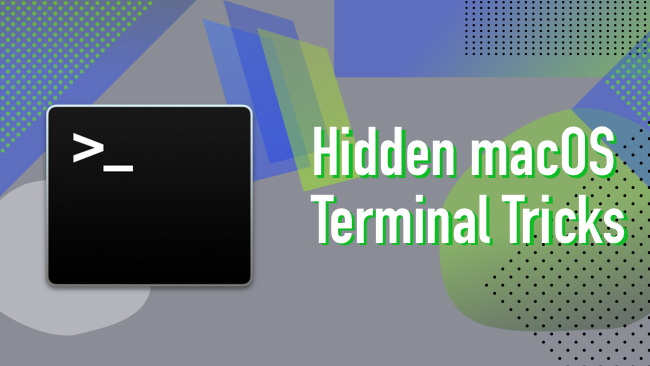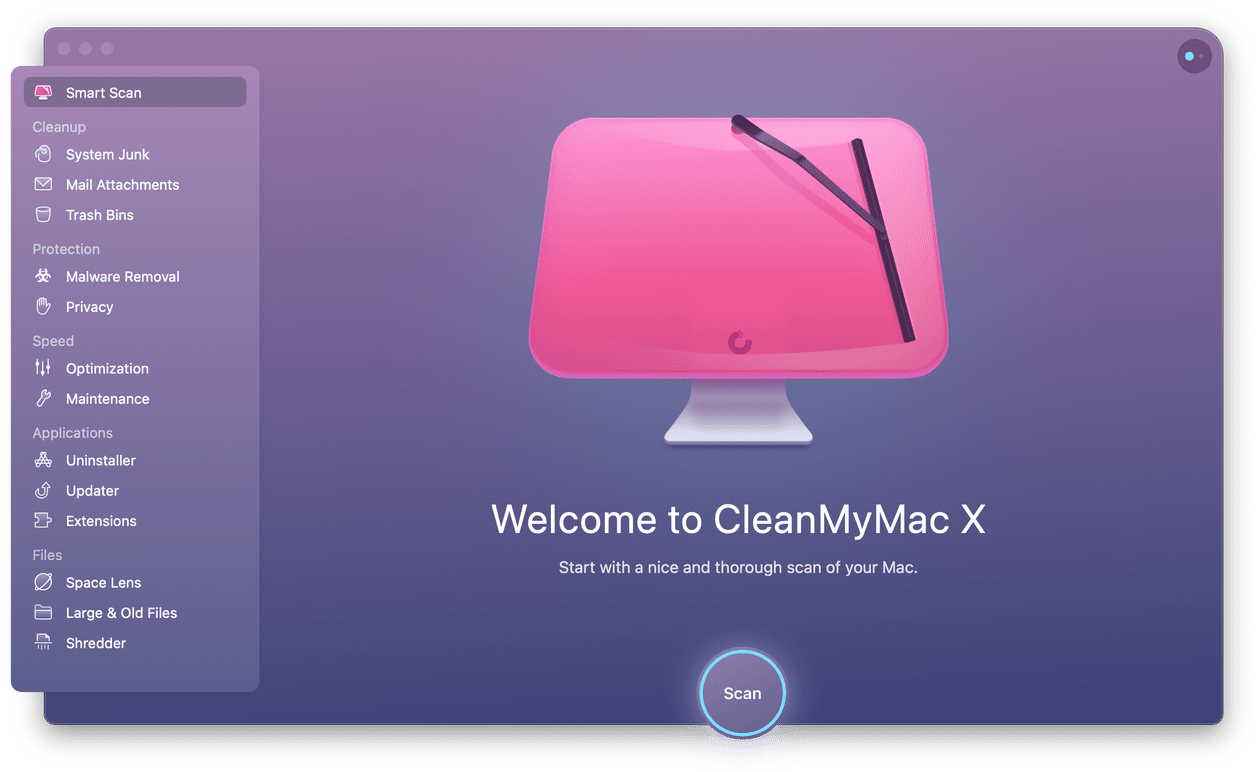


Press command+space keys (at the same time) to bring up Apple’s Spotlight universial search, then.My preferrence is a way that doesn’t require reaching for a mouse and using the least number of keystrokes: There are different ways to open a Terminal command line. On the Mac, the Terminal app is kinda buried, probably perhaps because those who use a MacOS laptop just for social media probably won’t need a Terminal.īut if you’re a developer, it’s hard to get away from using a CLI. Information here is often used in interview questions. It’s also called a command-line terminal, abbreviated as CLI. What Apple calls the Terminal is what Linux people call the shell console This tutorial describes how to make use of the macOS Terminal to make your life easier and less frustrating. IPv6 compatibility with Curl command line apps.Create Windows-like shortcuts with parameters using text editor.Foreground processes and background jobs.The second does what an Option-drag does, or what happens when you drag a file to a different disk or volume. The first does the same as dragging a file to a new location on the same hard disk. There are two commands for moving and copying: mv and cp. The same is the case from the command line. (You may know that you can copy a file in the Finder, even on the same hard disk, by holding down the Option key when you drag it.) However, if you drag a file from your Desktop to an external hard disk, you’ll see that the file remains in its original location this file has been copied. The file is no longer on the Desktop, and is found only in the Documents folder. If you’re in the Finder, and you drag a file from, say, your Desktop to your Documents folder, or any other folder on the same disk or volume, you move the file.

The difference between copying and moving files


 0 kommentar(er)
0 kommentar(er)
